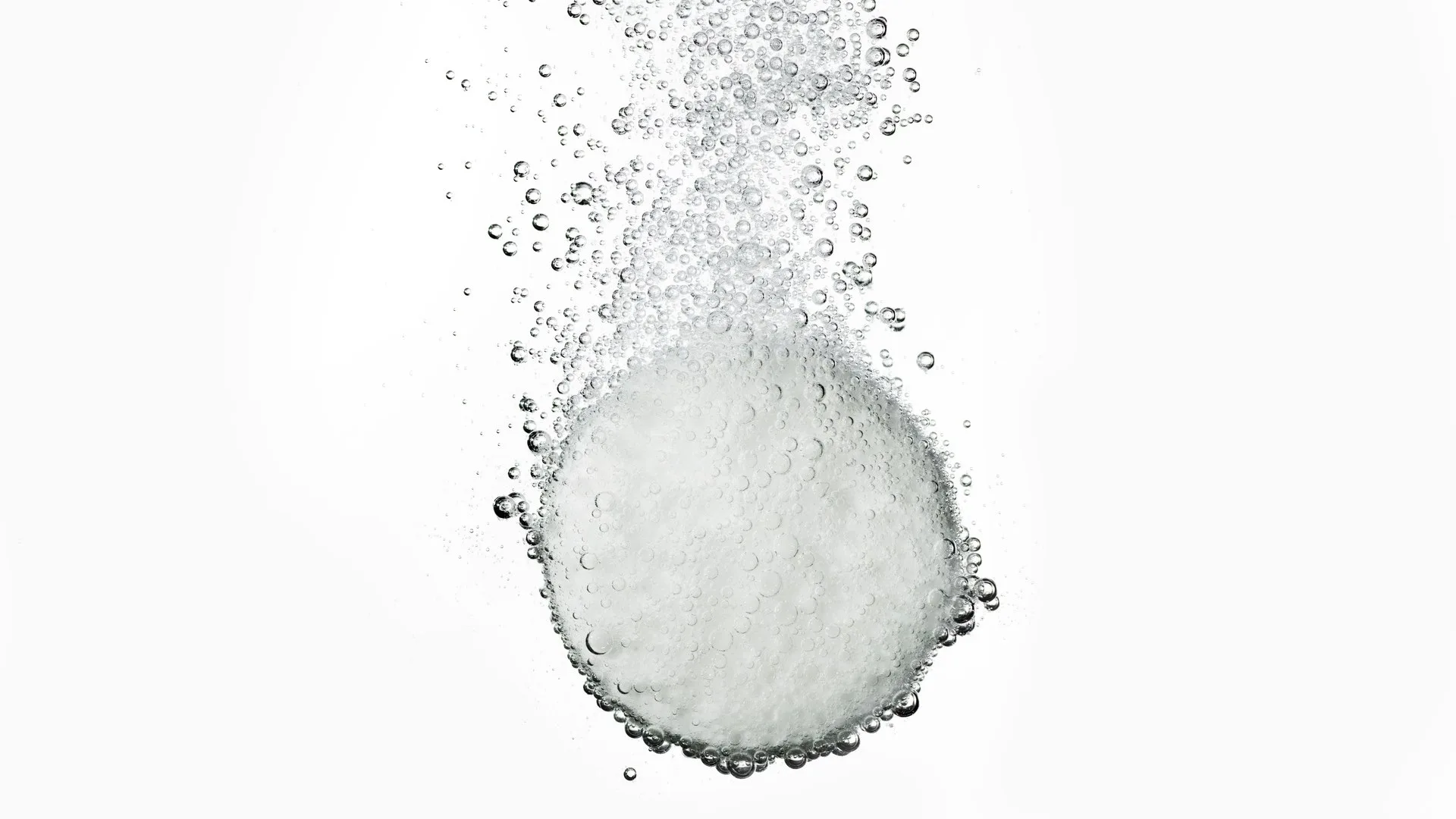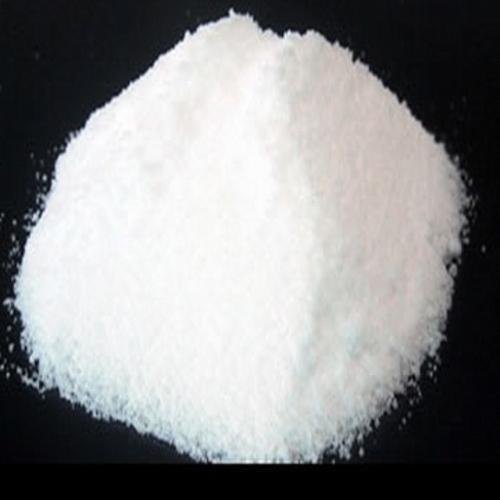Glass is a ubiquitous part of our buildings and vehicles. It allows light into buildings while also allowing us to see outside. However, regular glass poses safety hazards as it can easily break into sharp shards upon impact. To address this issue, laminated glass was developed which shatters into small pieces instead of large sharp shards, making it much safer than ordinary glass. This article discusses the features and benefits of laminated glass.
Laminated glass consists of two or more sheets of glass bonded together by an interlayer, usually Polyvinyl Butyral (PVB). The PVB interlayer acts as an adhesive as well as provides improved safety and security. When laminated glass breaks due to impact, the pieces of glass tend to remain in place rather than scattering due to the bonding from the PVB interlayer. This prevents dangerous glass shards from causing injuries in case of accidents or breakages. The structure of laminated glass makes it capable of holding together even when broken.
Safety Benefits of Laminated Glass
One of the biggest advantages of laminated glass is its safety features which make it very suitable for applications where human safety is a priority. Some key safety benefits are:
– Shatter Resistance: As mentioned earlier, when laminated glass breaks, it tends to stay adhered due to the bonding layer. This greatly reduces or prevents dangerous glass shards from forming.
– Impact Resistance: Laminated glass is 3-4 times stronger than regular glass of the same thickness. It can withstand high-impact pressure without easily breaking or shattering.
– Bullet Resistance: It can resist penetration from high-velocity projectiles like bullets depending on the glass thickness and lamination process. This makes it suitable for security and bulletproof glass applications.
– UV Protection: The PVB interlayer helps block 99% of harmful Ultraviolet rays, protecting occupants from UV exposure.
– Sound Insulation: Laminated glass provides 15-30% improvement in sound insulation over single-pane glass. This makes it suitable for applications requiring noise control.
Areas of Application
Given its enhanced safety and security features, laminated glass has applications in a variety of settings where risk mitigation is important. Some key areas include:
– Vehicles: Car windshields and windows are made using laminated glass for safety in case of accidents.
– Buildings: Used in doors, partitions and windows for durability and to meet safety codes. High-rise buildings especially use laminated toughened glass.
– Public Transit: Trains, buses and other transport utilize laminated structural glass for passenger security.
– Furniture: Laminated glass is used in tabletops, shelves, home décor items to prevent injuries from breakage.
– Medical Equipment: Sterile cabinets, medical carts and storage involve laminated glass for safety, hygiene and breakage concerns.
– Defense & Security: Bulletproof layered glass is laminated for security screens, bank partitions and embassies.
– Sports Facilities: Helmet visors, sporting event shields, aquariums use laminated glass for impact resistance.
Production and Cost Factors
The production process of Laminated Glass involves:
– Cleaning individual glass sheets and rolling the PVB interlayer sheet.
– Heating the glass-PVB structure under vacuum and pressure.
– Allowing it to cure and cool with the PVB forming durable chemical bonds between the glass panes.
– Edge deletion to remove PVB from the glass edges for easy installations.
– Quality checks before shipping for lamination accuracy and strength.
Production is more complicated than standard float glass due to precise lamination. Therefore, laminated glass costs 30-50% more than standard float glass of the same size. However, its improved performance, longevity and safety features offset this premium cost.
Future Outlook
With growing awareness about safety and security, the market for advanced laminated safety glass structures is expanding globally. It is increasingly replacing ordinary glass in high-risk sectors like transportation, construction and defense. New variations like acoustic laminated glass, self-cleaning solar control glass are also being developed. With continued innovation, the scope of laminated glass applications will keep widening in our homes, offices and public spaces to provide enhanced protection from hazards while allowing visibility. Its benefits like strength, sound insulation and sustainability make it a preferred choice for constructions of the future.
*Note:
1. Source: Coherent Market Insights, Public sources, Desk research
2. We have leveraged AI tools to mine information and compile it




